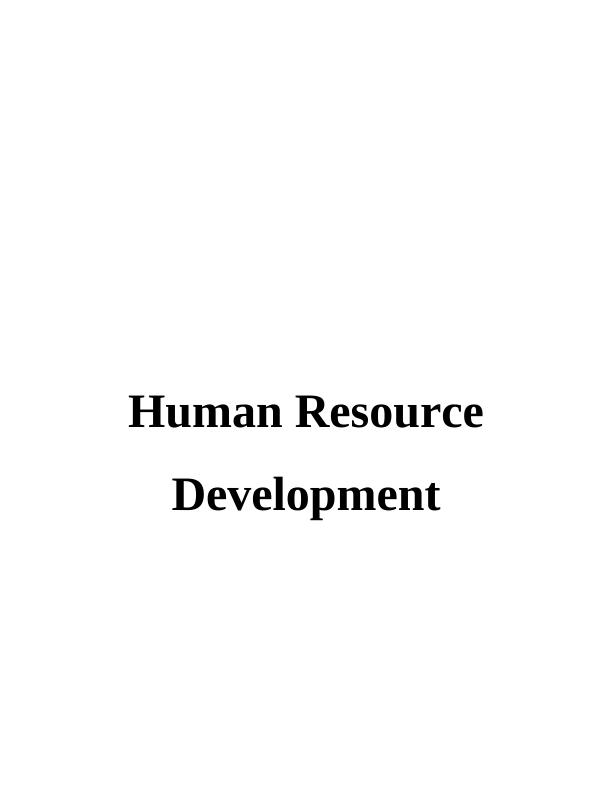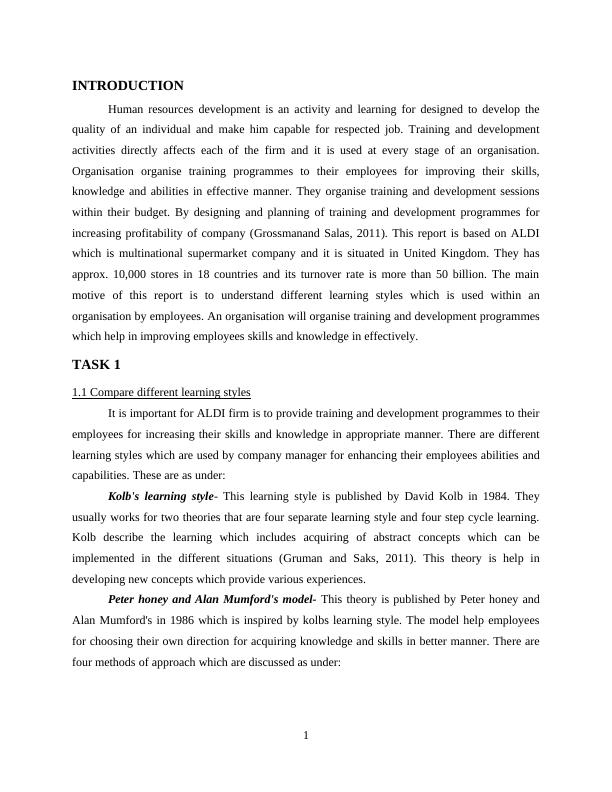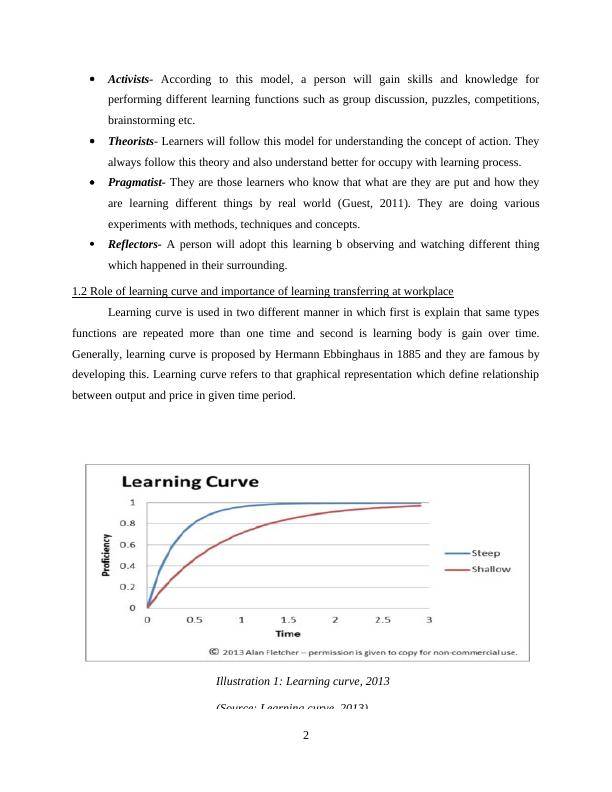Systematic Approach to Training and Development in Human Resource Development
18 Pages5473 Words351 Views
Added on 2020-09-03
About This Document
Human Resource Development INTRODUCTION 1 TASK 11 1.1 Compare different learning styles1 1.2 Role of learning curve and importance of learning transferring at workplace2 1.3 Contribution of learning styles and theories during designing and planning procedures 3 TASK 24 2.1 Requirement of training needs for staff at different level4 2.2 Advantage and disadvantage of various training methods 5 2.3 Systematic approach to plan training and development 6 TASK 37 3.1 Prepare evaluation using suitable techniques7 3.2 Analyse training event7 3.3 Review on success of evaluation method8 TAS
Systematic Approach to Training and Development in Human Resource Development
Added on 2020-09-03
ShareRelated Documents
End of preview
Want to access all the pages? Upload your documents or become a member.
Human Resource Development Purpose
|20
|5284
|37
Human Resource Development in Sun Court Ltd - Report
|17
|5090
|46
(PDF) Human Resource Development
|12
|3880
|399
Role of Learning Styles in Human Resource Development
|17
|5147
|80
Human Resource Development
|12
|451
|253
Human Resource Development |Sun Court Residential Homes Limited Report
|18
|5492
|95




